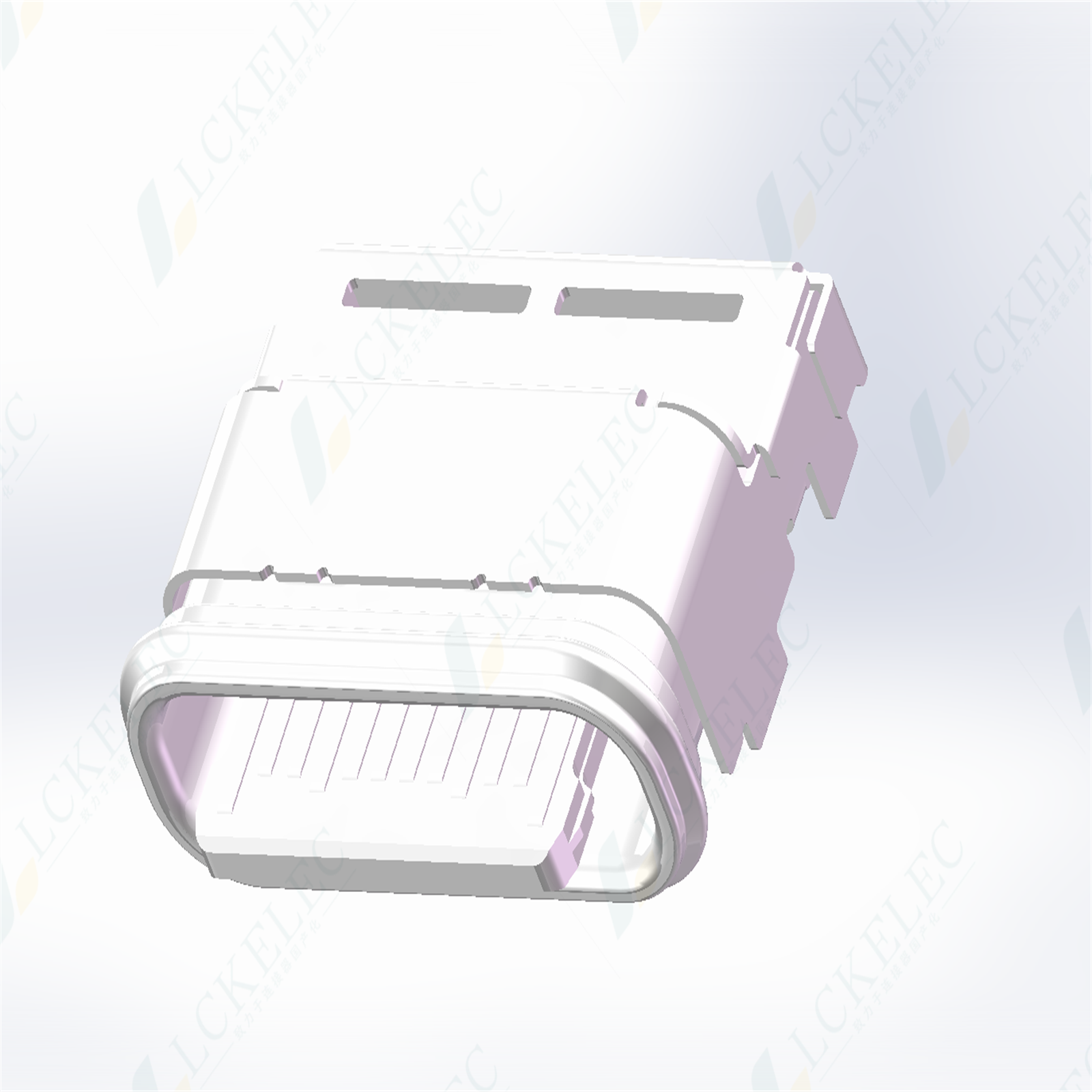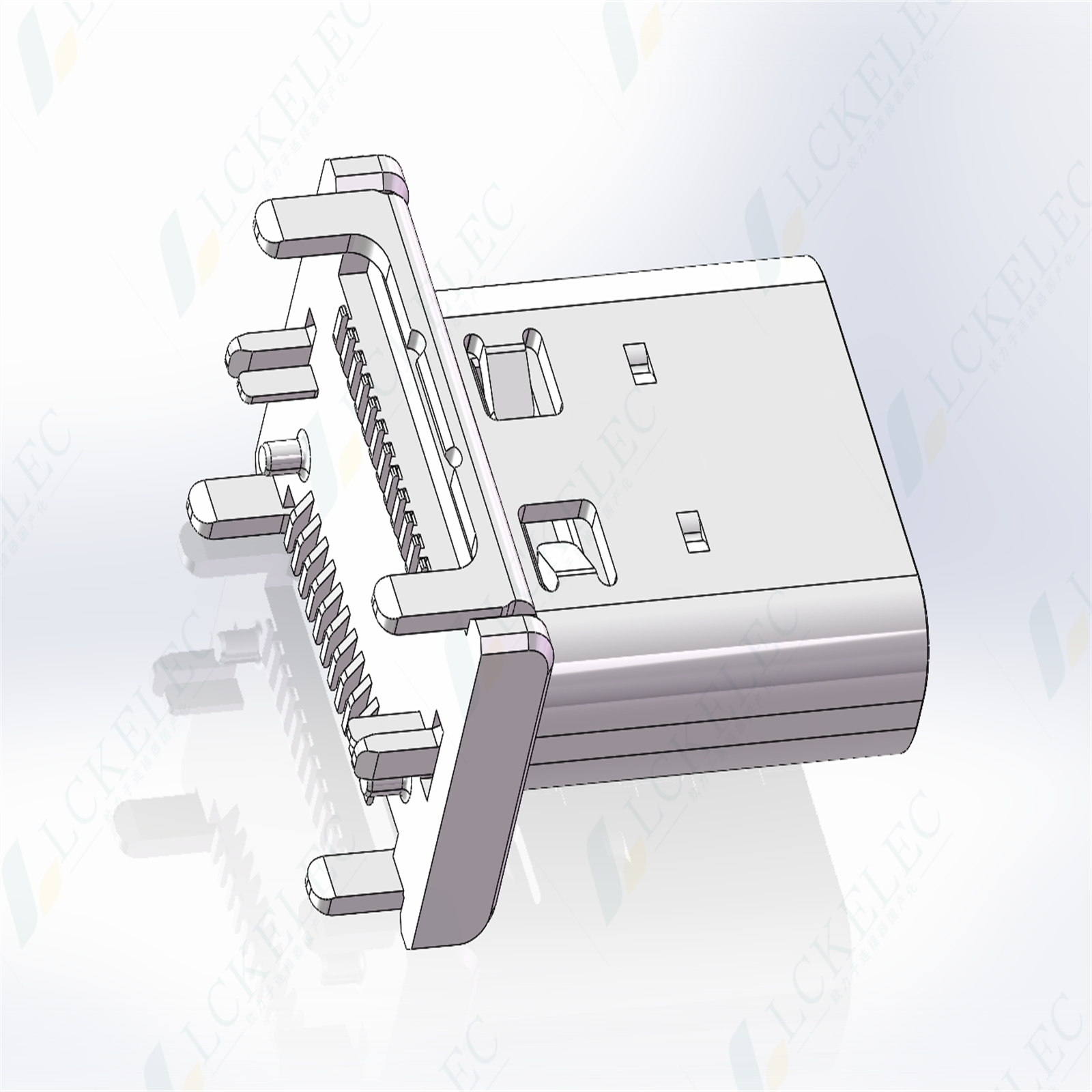Welcome to visitLianshengxin Connector (Shenzhen) Co., LtdManufacturer, supplierSIM card socket connector, TYPE C female socket, WF connector, touch switch
- The principle and advantages of using USB connector interface
- How much do you know about the interface of USB connectors
- Introduction to the Three Basic Performance Characteristics of USB Connectors
- A Brief Discussion on the Hardware Structure of USB Connectors
- You need to pay attention to these issues when using the USB socket
Introduction to the Three Basic Performance Characteristics of USB Connectors
- Author:Lianshengxin connector
- Release time:
- Hit:210
The basic performance of USB connectors can be divided into three categories: mechanical performance, electrical performance, and environmental performance.
1. In terms of connection function, insertion and extraction force is an important mechanical performance. Insertion and extraction forces are divided into insertion force and extraction force (also known as separation force), and their requirements are different. In relevant standards, there are provisions for maximum insertion force and minimum separation force, indicating that from a usage perspective, the insertion force should be small (resulting in structures with low insertion force LIF and no insertion force ZIF), and if the separation force is too small, it will affect the reliability of the contact.
Another important mechanical performance is the mechanical lifespan of USB connectors. Mechanical lifespan is actually a durability indicator, referred to as mechanical operation in the national standard GB5095. It is evaluated based on whether the USB connector can complete its connection function (such as contact resistance value) normally after a specified insertion and extraction cycle, with one insertion and one extraction as one cycle.
The insertion and removal force and mechanical life of USB connectors are related to the contact structure (positive pressure size), the coating quality (sliding friction coefficient) of the contact area, and the accuracy of the contact arrangement dimensions (alignment).
2. The main electrical properties of USB connectors include contact resistance, insulation resistance, and electrical strength.
① A high-quality electrical USB connector with high contact resistance should have low and stable contact resistance. The contact resistance of USB connectors varies from a few milliohms to tens of milliohms.
② The insulation resistance is an indicator that measures the insulation performance between the contacts of an electrical USB connector and between the contacts and the housing, ranging in magnitude from several hundred megaohms to several gigaohms.
③ Electrical strength, also known as withstand voltage or dielectric withstand voltage, is the ability to withstand the rated test voltage between the contacts of a USB connector or between the contacts and the housing.
④ Other electrical properties.
3. Common environmental performance includes resistance to temperature, humidity, salt spray, vibration, and impact.
① The maximum operating temperature of current USB connectors is 200 ℃ (except for a few high-temperature special USB connectors), and the minimum temperature is -65 ℃. Due to the heat generated by the current at the contact point during the operation of the USB connector, resulting in temperature rise, it is generally believed that the operating temperature should be equal to the sum of the ambient temperature and the contact temperature rise. In some specifications, the maximum temperature rise allowed for USB connectors at rated operating current is clearly specified.
② The intrusion of moisture and humidity can affect the insulation performance of the connection and corrode metal parts. The constant humidity and heat test conditions are relative humidity of 90% to 95% (up to 98% according to product specifications), temperature of+40 ± 20 ℃, and test time according to product specifications, with a minimum of 96 hours. The alternating humidity test is more rigorous.
③ When salt spray resistant USB connectors work in environments containing moisture and salt, their metal structural components and contact surface treatment layers may undergo electrochemical corrosion, affecting the physical and electrical performance of the USB connector.
“Recommended Reading”
- Application and Selection of Type-C Female Type-C Connector
- Characteristics and precautions of USB Type-C female socket
- Type C Mother Seat Functional Features and Structural Diagram
- How to test the airtightness of waterproof TYPE-C female seat?
- What are the advantages of waterproof Type-C female socket interface?












